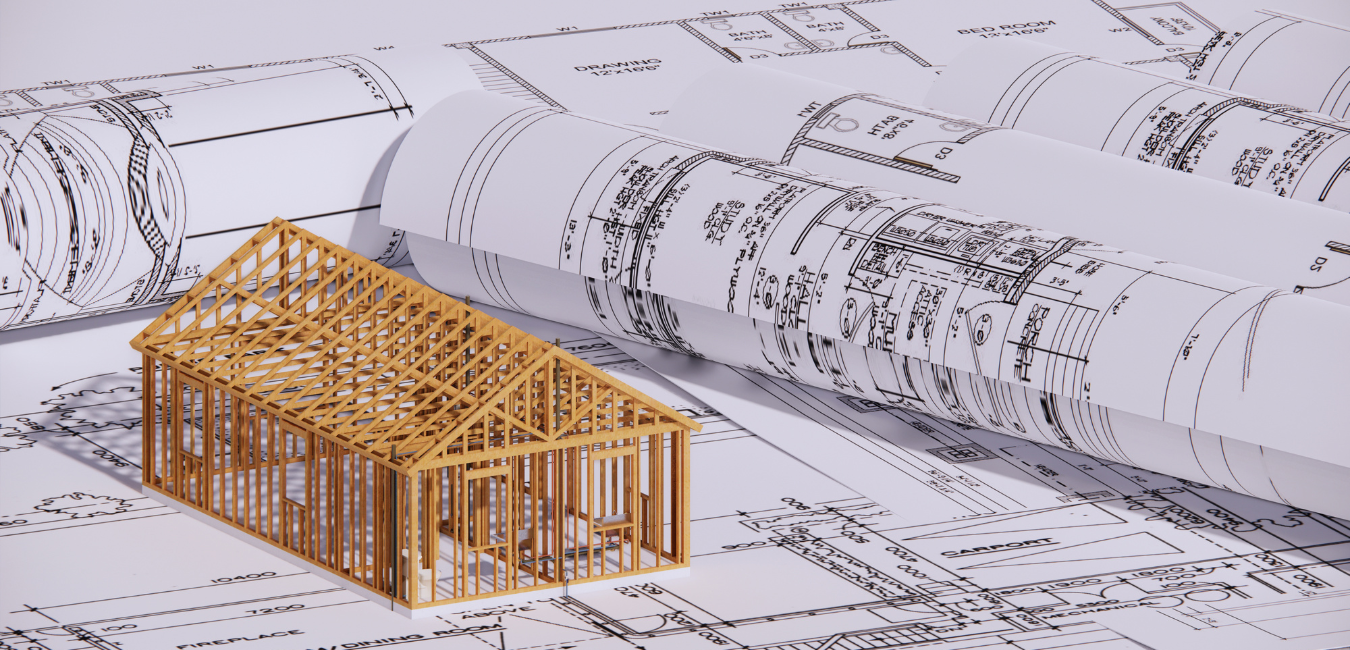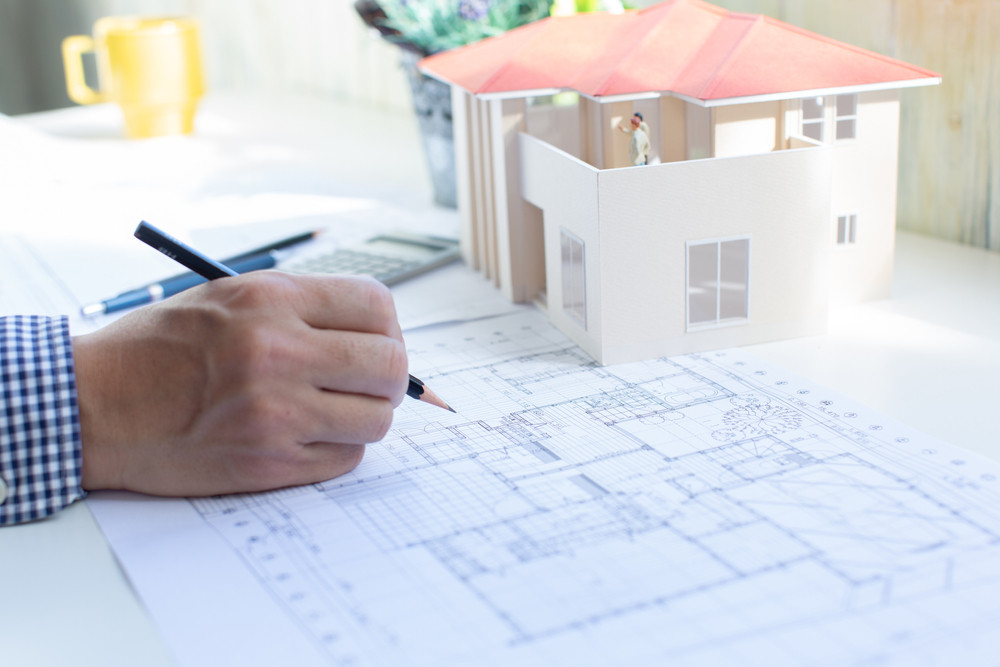The Vital Role of an Engineer in Forming Lasting Urban Atmospheres for Future Generations
The function of a designer in crafting lasting city atmospheres is progressively pivotal in responding to the obstacles of climate modification and urbanization. By flawlessly incorporating environmental principles right into their styles, designers not only improve the visual and practical high quality of city spaces yet also address pressing problems such as energy efficiency and social equity.

Understanding Lasting Urban Layout
Sustainable city style integrates eco-friendly principles with city planning to develop settings that are not only habitable yet additionally durable. This technique highlights the value of incorporating all-natural systems right into the city material, guaranteeing that development fulfills the requirements of the here and now without endangering the ability of future generations to satisfy their own needs. Key aspects of lasting urban layout consist of efficient land usage, the promotion of biodiversity, and the combination of green rooms, every one of which add to boosted top quality of life for citizens.
Furthermore, lasting metropolitan layout prioritizes the decrease of the urban warm island impact, boosted air high quality, and reliable stormwater administration. It encourages using renewable energies and energy-efficient building methods, which dramatically reduced carbon impacts. Sustainable urban layout cultivates social equity by developing accessible public areas and advertising mixed-use advancements that cater to diverse populaces.
Via thoughtful preparation and innovative layout techniques, lasting urban atmospheres can improve area strength against environment modification while cultivating financial growth. This alternative approach not just addresses immediate city difficulties but likewise lays the foundation for healthier, a lot more lasting cities for generations to find.
Trick Responsibilities of Designers
Engineers play a pivotal duty fit sustainable metropolitan atmospheres by converting layout principles into substantial frameworks and areas. Their duties include a large range of tasks that add to the overall success of urban layout projects.
Most importantly, designers perform complete website evaluations to recognize the environmental, social, and social context of their jobs. This fundamental understanding notifies their style decisions, guaranteeing that buildings balance with their surroundings. cda architects. They additionally involve in collaborative procedures with stakeholders, including city coordinators, designers, and the neighborhood, promoting an inclusive approach to city advancement
Additionally, designers are charged with developing layouts that enhance power effectiveness, resource conservation, and functionality. They have to stick to local zoning regulations, building codes, and sustainability accreditations, making sure conformity while pressing the borders of innovation.
Additionally, designers are responsible for managing the layout procedure, collaborating with various experts throughout the building phase to make certain that the vision is recognized accurately. Eventually, their function is not entirely concerning aesthetics; it is about producing durable, adaptive rooms that enhance the lifestyle for current and future generations, laying the foundation for sustainable metropolitan living.
Innovative Products and Techniques
In the search of ecologically liable design, ingenious products and methods have become critical aspects in the production of sustainable urban atmospheres. Architects additional hints are increasingly utilizing products that lessen environmental influence while improving energy effectiveness. Recycled materials, such as recovered timber and repurposed steels, not only minimize waste yet also add special aesthetic top qualities to frameworks.
Furthermore, improvements in innovation have brought about the growth of high-performance materials, such as protected concrete types (ICFs) and solar glass, which add to power preservation and harness renewable resource. cda architects. Strategies such as passive solar layout and environment-friendly roof coverings further exemplify just how design can integrate with natural systems, decreasing reliance on synthetic heating & cooling
In addition, the combination of clever materials, which adapt to environmental adjustments, supplies promising avenues for enhancing structure performance. These products can reply to temperature level variations or moisture levels, enhancing comfort and sustainability.
Inevitably, the critical selection and application of innovative products and strategies equip architects to develop metropolitan spaces that are not just useful and aesthetically pleasing however likewise resilient and ecologically responsible, making certain a sustainable future for generations to come.

Neighborhood Interaction and Partnership
The success of innovative materials and strategies in sustainable metropolitan design is dramatically boosted by active neighborhood involvement and cooperation. Engineers must recognize that the developed environment exceptionally influences the lives of read this article local residents, making it imperative to include them in the layout process. Involving the neighborhood fosters a sense of possession and liability, guaranteeing that growths not only meet aesthetic and useful requirements but additionally show the worths and ambitions of those that populate them.
Cooperation with diverse stakeholders-- including city governments, ecological groups, and homeowners-- makes it possible for designers to gather valuable insights and feedback. This inclusive method can lead to more sustainable remedies that attend to particular neighborhood challenges, such as access, environment-friendly areas, and energy efficiency. Furthermore, by promoting workshops and public online forums, engineers can grow discussion and understanding, which eventually enriches the layout procedure.
Effective neighborhood involvement also aids in focusing on social equity within urban growth. By considering the voices of marginalized populaces, designers can create rooms that are inclusive and fair. This way, area interaction and collaboration come to be important to accomplishing genuinely sustainable city environments that serve the requirements of present and future generations.
Future Fads in Sustainable Design

In addition, innovations in innovation are forming future patterns in sustainable style. The assimilation of smart products and structure systems enables for real-time power management, boosting effectiveness and lowering carbon impacts. Technologies such as green roofings, living wall surfaces, and energy-generating facades are becoming conventional practices, further advertising eco-friendly equilibrium within city environments.
Moreover, a shift towards biophilic layout is acquiring grip, emphasizing the connection between nature and human wellness. By integrating natural environments, architects develop rooms that promote mental wellness while advertising biodiversity.
Conclusion
To conclude, architects are crucial in advancing lasting urban settings via their competence in style, ingenious materials, and area involvement. By prioritizing power effectiveness and resource conservation, these experts add to the production of durable metropolitan areas that satisfy the demands of existing and future generations. The assimilation of environmental concepts not only boosts livability but likewise cultivates social equity, making sure developments reverberate with the worths and ambitions of the areas they serve.